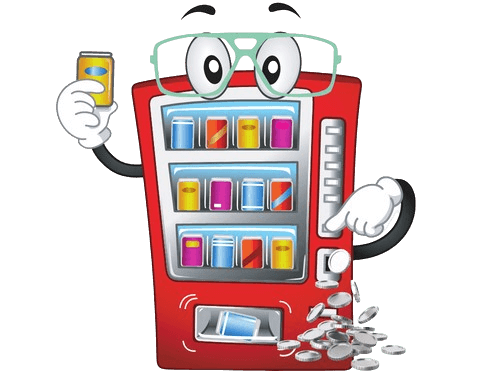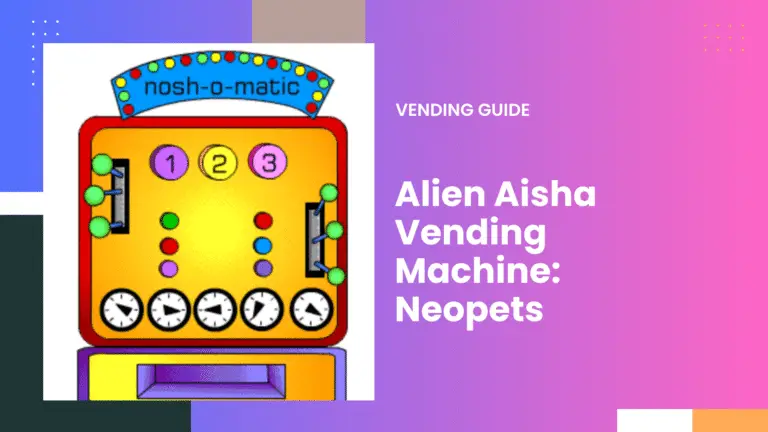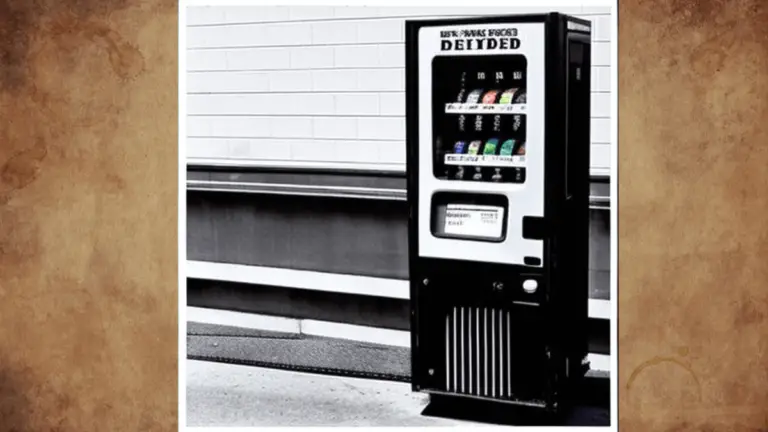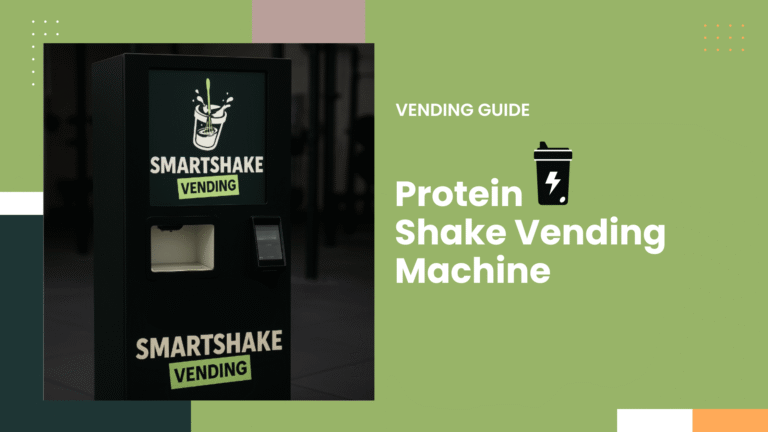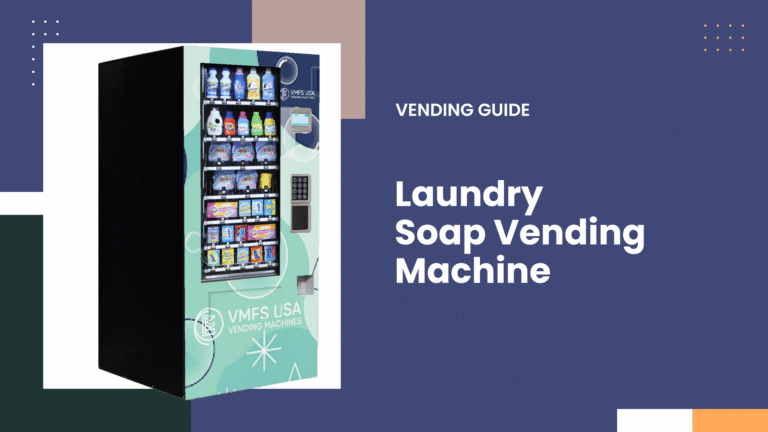Vintage Coca Cola Vending Machine for Sale – Rare Classic, Buy Now
Buy Vintage Coca Cola Vending Machine for Sale! Rare collectible, fully working, and limited in stock. Add instant nostalgia to your space with a rare, working Coke machine.
1. Vintage 1996 Coca-Cola Mini Vending Machine
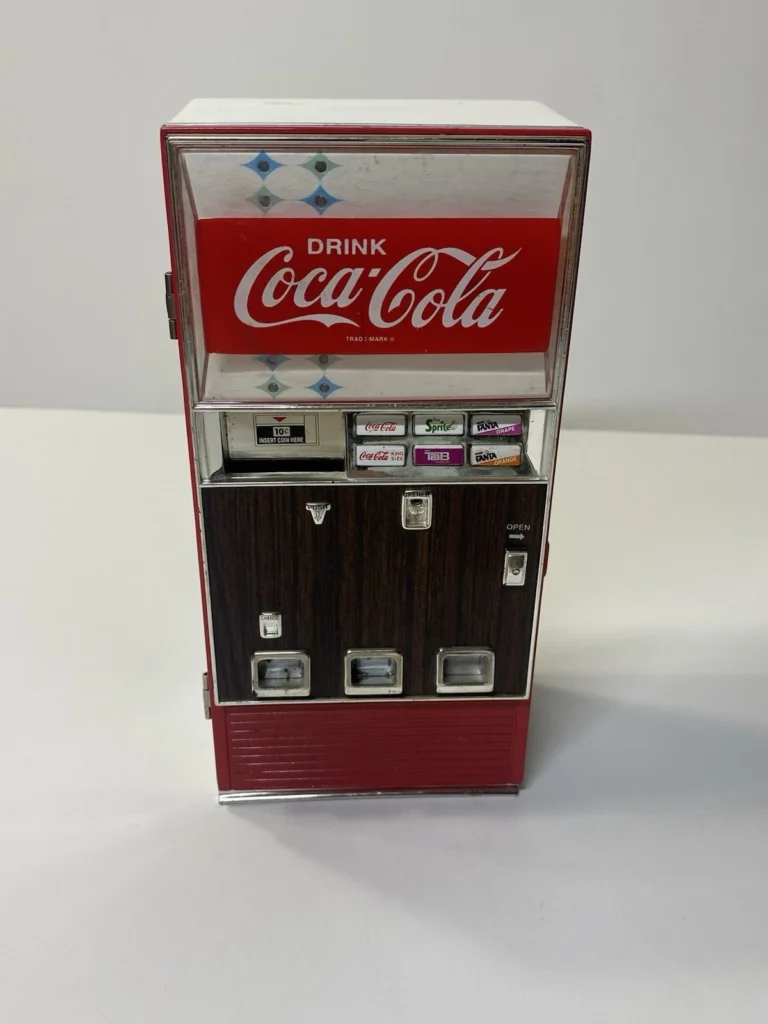
- Authentic Coca-Cola Collectible (1996) – Original mini vending machine, a true nostalgic piece.
- Tested & Working – Music and lights function perfectly for display or collection.
- Compact & Display-Ready – Perfect for home bars, game rooms, or collector shelves.
- Iconic Coca-Cola Branding – Classic red finish with timeless Coca-Cola logo.
- Collectible Value – A must-have item for vintage soda machine enthusiasts.
| Feature | Details |
|---|---|
| Brand | Coca-Cola |
| Year | 1996 |
| Type | Mini Vending Machine |
| Function | Lights & Music (tested working) |
| Condition | Used, collectible original |
| Category | Soda Vending Collectibles |
2. Vintage Westinghouse WB60-k6-d coca cola Vending Machine
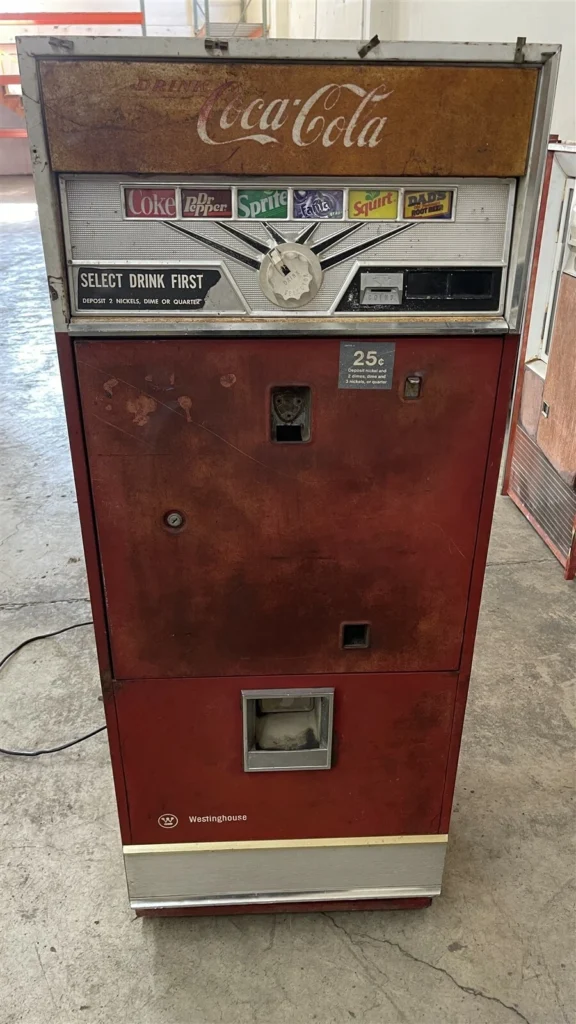
- Authentic 1950s Westinghouse Coca-Cola vending machine
- Model WB60-K6-D, Select-O-Matic, serial Y-37908
- Great collectible piece — rare and hard to find
- Local pickup in Albany, Oregon
3. Vintage Coca-Cola Machine Cooler
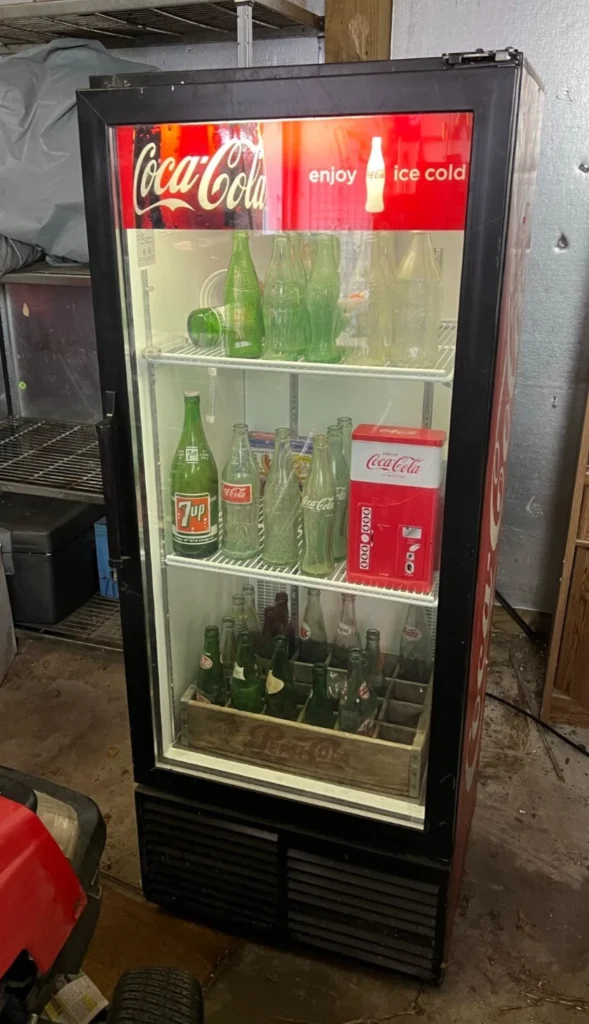
- Fully functional Coca-Cola machine cooler
- Authentic vintage piece – USA made
- Rare find for collectors & retro display
- Local pickup in Ann Arbor, Michigan
Cola Vending Machines — Full Guide
Comprehensive, practical briefing: what they are, how to operate, where to source vintage & modern units, buying checklist, placement advice, costs, maintenance scheduling and ROI modeling.
In-depth operator & buyer briefing
What is a cola vending machine?
A refrigerated vending cabinet that dispenses branded soft drinks (cans or bottles). They range from modern electronic refrigerated units with telemetry and cashless payments to vintage mechanical cabinets prized by collectors and venues for aesthetic value.
Key differences: modern = reliable refrigeration, remote monitoring, cashless; vintage = collectible look, potentially higher restoration/repair cost.
How to use — customer flow vs operator tasks
Customer flow (UX)
- Scan options: glass display or digital menu shows available brands, sizes and prices.
- Payment: coins, bills or cashless tap (card/mobile) — machine confirms payment and unlocks selection.
- Selection: push mechanical button, select numeric keypad entry, or tap touchscreen.
- Delivery: coil, stacker or gravity chute routes a single can/bottle into pickup tray.
- Receipt/feedback: digital machines can show on-screen receipts or errors; vintage machines may require printed or manual refund handling.
Operator tasks (daily → yearly)
- Daily: restock high-demand columns; collect cash; inspect for jams & odors.
- Weekly: deep clean interior tray, test vend mechanism, record temps.
- Monthly: clean condenser fins, check gasket seal, inventory supplies (wraps, signage, spare parts).
- Quarterly / Yearly: professional refrigeration check, replace wear items, review telemetry & payment reconciliation.
Loading patterns & avoiding jams
Different machines use coils, stacker columns, or gravity chutes. Follow these rules:
- Coil systems: load items centered on coil, avoid wedging; stagger differing can sizes to prevent pinch points.
- Stackers: load clean stacks aligned; ensure spacer plates are seated.
- Gravity chutes: check guides and ensure no dents block movement.
Quick jam-recovery: remove power, gently unjam mechanism, clear debris, check sensor switches, run test vend with empty product before restocking.
Payment systems: options & tradeoffs
- Coin-only: simplest but limits sales; subject to mechanical failure and cash theft risk.
- Coin + bill: broader acceptance; bill validators sometimes require calibration & cleaning.
- Cashless (card/contactless): increases sales and reduces cash handling; requires gateway integration and usually monthly fees.
- Telemetry & remote pay: advanced systems provide sales data, inventory alerts and remote diagnostics (higher upfront cost).
Recommendation: if operating in commercial locations, fit cashless to increase conversions; for decor-only vintage pieces, coin/bill may be authentic but not optimal for revenue.
Refrigeration & temperature guidance
Maintain product temps safely and efficiently.
| Item | Target / Notes |
|---|---|
| Target temperature for soda | 35–40°F (≈1.5–4.5°C) |
| Daily verification | Check thermometer inside product zone; record temp (paper or digital telemetry). |
| Condenser maintenance | Clean fins monthly in dusty environments; blocked condensers cause compressor overheating. |
| Sealed-system repairs | Compressor or refrigerant work often requires certified tech and can be expensive. |
Where to buy — channels & what to expect
Search these channels when sourcing machines (each has pros/cons):
- Online marketplaces: eBay, Etsy, local classifieds — good selection, variable condition.
- Specialist restorers: restored working machines with service history and warranty (higher cost but lower risk).
- Refurbishers / dealers: cheaper than new but warranty varies.
- Antique or collector dealers & trade shows: excellent for rare/period pieces and in-person inspection.
If buying for revenue, prefer restored units with service history and the option to fit modern cashless payment modules.
Price ranges — detailed table & notes
| Type / Condition | Typical price (USD) | What affects price |
|---|---|---|
| As-found, parts, non-working | $200 – $1,000 | Model rarity, salvageable parts, shipping distance |
| Working, unrestored survivors | $800 – $3,000 | Compressor condition, cosmetics, coin mech health |
| Professional restored (working display) | $1,500 – $8,000+ | Original paint, rarity, quality of restoration |
| Rare top collector pieces | $8,000 – $15,000+ | Provenance, originality, completeness |
| New modern refrigerated machine | $2,000 – $5,000 | Capacity, cashless/telemetry options |
| Refurbished modern unit | $800 – $3,000 | Warranty, parts replaced, refurb quality |
Note: shipping/crating often adds $300–$1,500+; heavy sealed systems are expensive to move safely.
Shipping, crating & handling — expected breakdown
| Service | Typical cost (USD) | Notes |
|---|---|---|
| Local pickup | $0–$200 | You handle transport; trailer+helpers cost |
| Regional freight (crated) | $300–$900 | Common for interstate; crates add weight |
| Long-haul freight (coast to coast) | $700–$1,500+ | Includes crating & insurance recommended |
| White-glove delivery | $800–$2,000+ | Uncrate, set in place, minor hookup; useful for fragile restorations |
Always request crate photos and insurance terms. For international purchases, factor customs, duties and longer transit lead times.
Buying checklist — thorough inspection items
- Purpose: revenue or décor? (affects restoration scope)
- Cooling test: run unit for minimum 24 hours; confirm 35–40°F in product area
- Compressor condition: age, run-time, leak history
- Cabinet & paint: rust, structural integrity, glass condition
- Coin/bill mech: does it accept & return coin/bill reliably?
- Door seals: gasket flexibility & seal integrity
- Electrical: wiring condition, grounded outlet, safety labeling
- Service history: restoration receipts, replaced parts, technician contacts
- Shipping quote: crate + freight + insurance
- Warranty & returns: any limited warranty offered (record duration & terms)
Restoration & repair estimator
Enter rough costs below to estimate total restoration budget. (These are inputs for operator planning.)
Placement scoring & quick model
Rate five factors 1 (poor) – 5 (excellent). The tool gives a simple suitability score and an estimated baseline sales/day heuristic (useful starting point).
ROI calculator — model your payback
Enter your assumptions and press Calculate ROI. Results are a starting model — adjust to your local costs.
Troubleshooting
| Symptom | Quick checks | Severity / Likely fix |
|---|---|---|
| Machine won’t power on | Check outlet, breaker, power cord; test another outlet | High — power supply or wiring; electrician if wiring suspect |
| Not cooling / warm | Check compressor hum, condenser dirty, airflow blocked | High — compressor or sealed system, call refrigeration tech |
| Product jam | Remove power, inspect coil/chute, clear debris | Medium — mechanical adjustment, sensor check |
| Coin or bill not accepted | Clean validator, check calibration, test with known good coin/bill | Low-Medium — validator service or replacement |
Warranty, permits & insurance
- Working resale units: prefer at least a short warranty (30–90 days) from restorer.
- Permits: check local health and vending codes for beverage sales; some jurisdictions require permits or inspections.
- Insurance: transit insurance for shipping and property/liability insurance if machine placed on commercial property.
Negotiation & purchase tactics
- Ask for a proof-of-run: short video showing compressor running and product zone temp (if possible).
- Request restoration receipts and parts invoices.
- Get quotes on shipping/crating before committing; negotiate that into the total price.
- Consider escrow for remote purchases or a short return window for verified working condition.
FAQ
- Can I convert a vintage machine to cashless?
- Yes. Many restorers can add discreet cashless readers; factor in gateway monthly fees and payment processor costs.
- Is restoration worth it?
- If you value display quality or uptime for revenue, professional restoration reduces downtime and long-term risk. For a pure decorative piece, minor cosmetic work may suffice.
- How expensive are sealed-system repairs?
- Compressor replacements or refrigerant work can cost hundreds to a few thousand dollars depending on model and labor rates; always budget for this possibility when buying unrestored machines.
